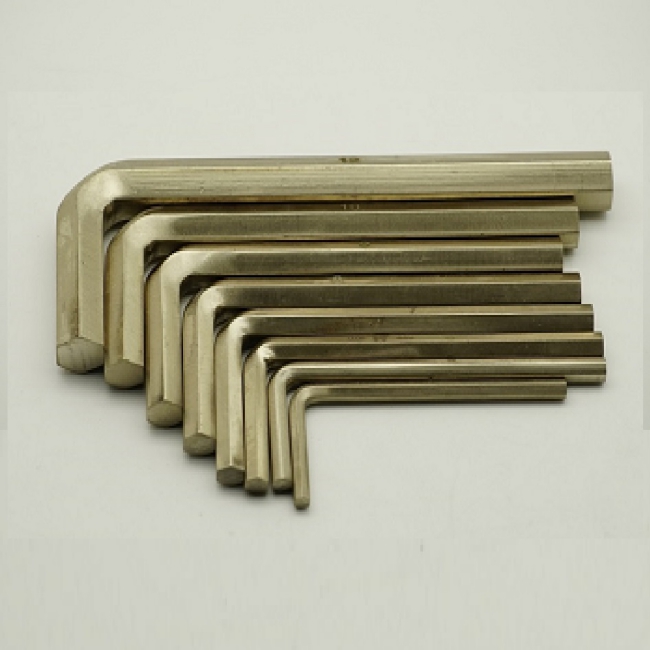3. Compressibility and expansibility
The thermal expansion and contraction of compressed gas and liquefied gas are much larger than that of liquid and solid, and their volume expands and shrinks with temperature rise and fall. Therefore, in the process of storage, transportation, and use of the container (steel cylinder), attention should be paid to fire prevention, sun protection, and heat insulation. When filling the container (steel cylinder) with gas, pay attention to the extreme temperature and pressure, and strictly control the filling to prevent overfilling Over-temperature and over-pressure cause accidents. Our company provides explosion-proof tools.
4. Electrostatic
When compressed gas and liquefied gas are sprayed at high speed from the nozzle or damaged part, static electricity will be generated due to strong friction. Chargeability is also one of the parameters for assessing the fire hazard of compressed gas and liquefied gas. Knowing its chargeability will help guide and check whether preventive measures such as equipment grounding and flow rate control are implemented in actual fire supervision and inspection.

5. Corrosive toxicity
Mainly some gases containing hydrogen and sulfur have a corrosive effect.
For example, hydrogen, ammonia, hydrogen sulfide, etc. can corrode equipment, and can cause equipment cracks and air leakage in severe cases. Certain anti-corrosion measures must be taken for containers of this type of gas, and their compressive strength must be checked regularly, just in case. Compressed gas and liquefied gas, except for oxygen and compressed air, are mostly toxic.
6. Suffocating
Both compressed gas and liquefied gas have certain suffocating properties (except oxygen and compressed air). Flammability, explosiveness, and toxicity are easy to attract attention, while suffocation is often overlooked, especially those non-flammable and non-toxic gases, such as carbon dioxide, nitrogen, helium, argon, and other inert gases, which can cause death by suffocation once they leak.
7. Oxidability
The oxidizing properties of compressed gas and liquefied gas are mainly in two situations: one is clearly classified as combustion-supporting gas, such as oxygen, compressed air, nitrous oxide; the other is classified as a toxic gas, which is non-flammable, but oxidizing Very strong, a gas that can burn or explode after being mixed with combustible gas. For example, when chlorine and acetylene are mixed, they can explode. When chlorine and hydrogen are mixed, they can explode when exposed to light. , It can also burn in chlorine. Therefore, the oxidizing properties of gases cannot be ignored in fire supervision, especially chlorine and fluorine, which are classified as toxic gases. In addition to their toxicity, attention should also be paid to their oxidizing properties. They should be combined with other combustibles during storage, transportation and use. The gas is separated.
The above information is provided by explosion-proof tools manufacturer.
Copyright:@2020-2021
Comments Please sign in or sign up to post.
0
0 of 500 characters used